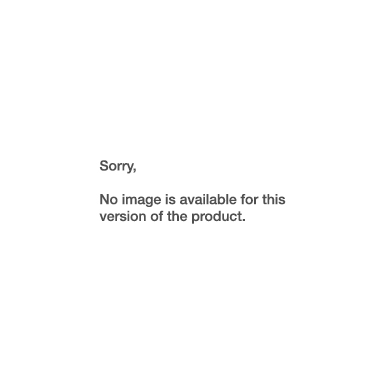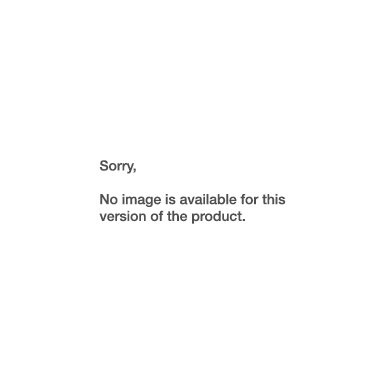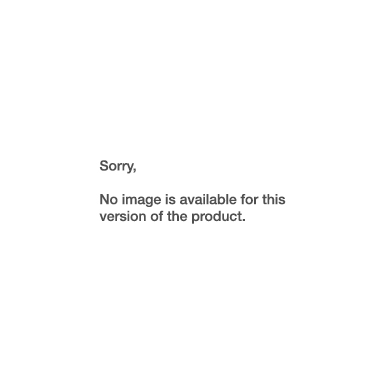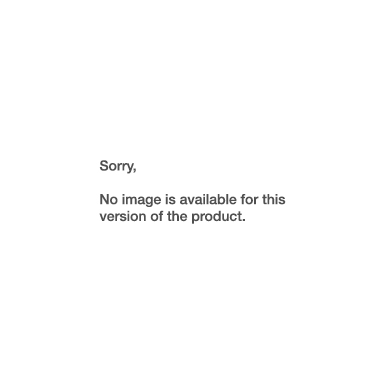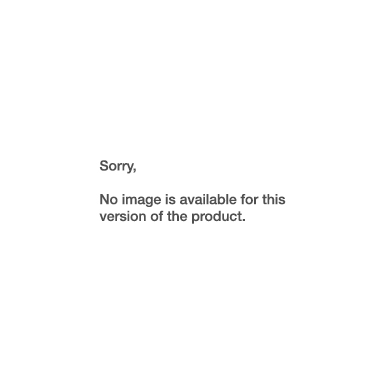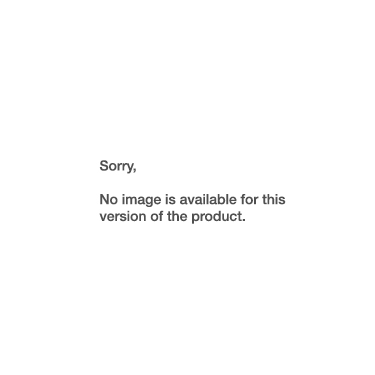Try this clever presentation to catch fish up in the water out of waggler range
During summer fish will often be stationed well up in the water, especially on deeper lakes where they will find a depth where the light levels and temperature suit them. At short range this situation is ideal for fishing a waggler rig with the shot well spread so that the hookbait falls at a slow rate, matching that of the free offerings. But what if you are fishing beyond float range? On big rivers, reservoirs and large gravel pits, roach, rudd and bream will often not come within 30 metres of the bank. This is where the on-the-drop feeder comes into its own. By using a long hooklength and a lightweight feeder the time it takes the rig to settle is extended, giving fish plenty of time to intercept the hookbait on the drop. Bites can be expected at any time.

It is not uncommon for the quivertip to never signal the feeder touching down, as a fish intercepts the bait in mid-water. Also, bites can be expected within seconds if the feeder does hit the bottom. There is no point in leaving the feeder once the rig has settled on the bottom. Within a minute or so of casting, wind in, rebait and recast to keep a constant cloud of attractive bait falling through the water column.
YOU WILL NEED…
HOW TO SET-UP A CAGE FEEDER RIG
1. Thread a Medium Grip Mesh feeder on to your mainline. Choose a feeder weight of around 14g-28g
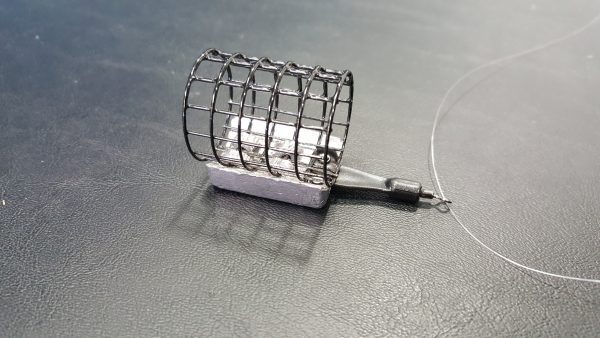
2. Follow the feeder with two small rubber beads. These act as a shock-absorber cushioning the feeder on the cast
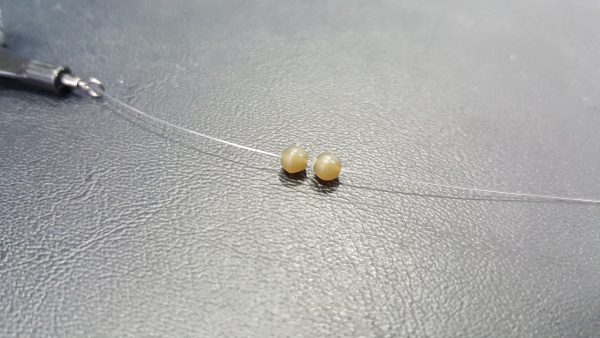
3. Fold over the last 30cm of mainline and tie a large loop. Next, tie four further loops inside the large loop at regular intervals

4. Ensure that the beads and feeder come to rest on the uppermost knot. If they slide over, tie a second knot over the first
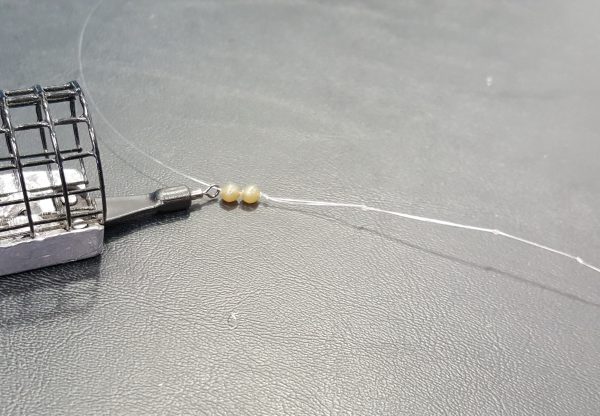
5. Cut off a 120cm length of hooklength. Use hooklengths of 90cm-180cm to vary the sinking speed of the hookbait then tie on your hook.
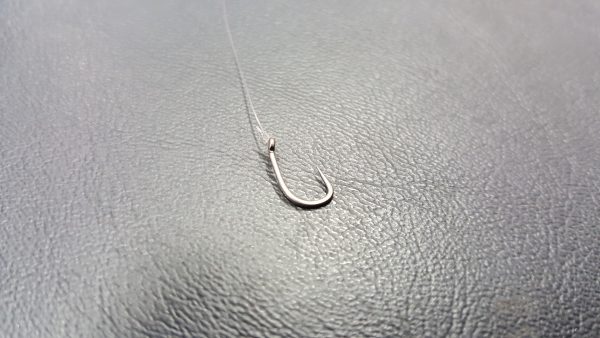
7. Once you’ve attached the hook, tie a figure-of-eight loop knot in the other end of the hooklength. To complete the rig, simply attach the hooklength to the mainline using a loop-to-loop knot
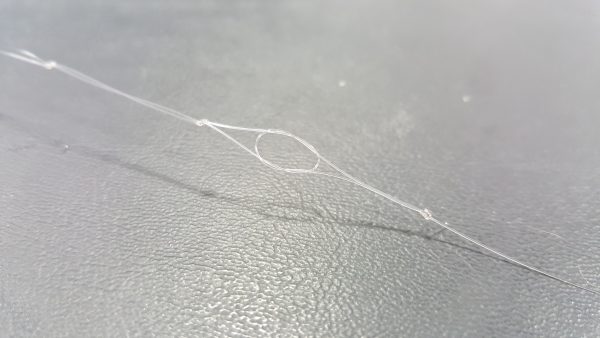
If you require any more tips or information on feeder fishing, please contact the Angling Active team. We are more than happy to help.
Feeders
Guru X-Safe Method Feeder
from £2.75Drennan Feeder Bombs
from £1.99Korum Dura Method Feeder and Mould
from £4.99Guru Hybrid In-Line Feeder
from £2.75Kamasan Black Cap Feeders
from £1.99Preston Innovations ICS Elasticated Dura Banjo Feeders
from £2.97



